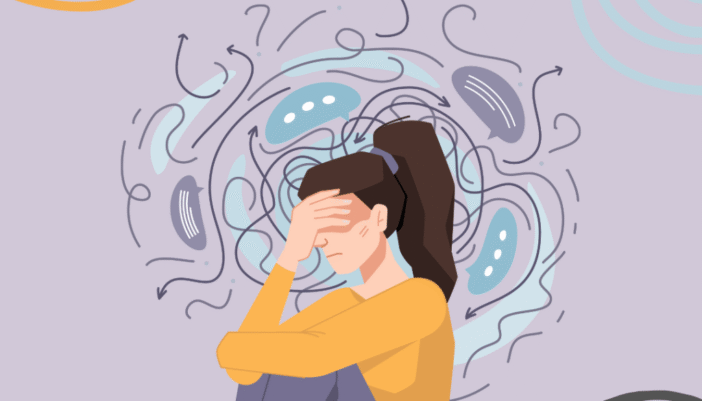When Survival Mode Becomes a Way of Life
If you’re always waiting for the next shoe to drop, it’s time to ask—what part of me doesn’t feel safe?
We’re not meant to live with our shoulders up to our ears. But for many of us, being “on edge” has become the norm. You might call it anxiety, overthinking, or burnout, but often, it’s something deeper. It’s the nervous system’s way of saying, “I don’t feel safe here.” Not in this moment. Not in this body. Not even in my own thoughts.
The Hidden Signs of Survival Mode
You don’t need to be in a war zone to live in survival mode. If you grew up walking on eggshells, being the peacemaker, or always having to anticipate others’ needs, your body learned how to scan for danger and stay ready.
Common signs:
- You can’t relax—even when things are “fine”
- Silence or stillness makes you anxious
- You avoid your emotions or distract with work, helping others, or scrolling
- You second-guess yourself constantly
- You feel emotionally “numb” or detached
Why You Might Not Even Realize It
The tricky part? This can all feel normal. If you were raised in chaos or chronic stress, your body learned that being hyperaware, busy, or pleasing others = safe. But over time, that safety strategy becomes the very thing that keeps you stuck. Years later, this has become so automated, it hums at such a low level you don’t even realize it’s there.
You start feeling exhausted but can’t rest. You crave peace but can’t slow down. Because underneath it all, your nervous system doesn’t believe it’s safe to stop. Clients have reported to me countless times over the years where they don’t understand why, of all times, they had a panic attack on vacation. Or after all the fires had been put out, or the most common one: “Mary why is this happening now when everything is finally going well in my life?”
I think it’s because now you can. You aren’t distracted by the crisis du jour, other people’s issues, and their feelings. Now you have the psychological space to focus on all the things you’ve been stepping over, stashing away and even consciously avoiding. Your psyche may also know that you’re finally setting some healthy boundaries for yourself, so there’s some confidence there that you can actually sit with your truth.
The First Step Back to Yourself
Healing begins by noticing. Not judging, not fixing—just noticing.
- Noticing when your jaw is tight.
- Noticing when you keep jumping from task to task.
- Noticing when you’re saying yes even though you’re exhausted.
These little moments of awareness are powerful. Because when you notice, you create a pause. And that pause is where choice lives. That’s where healing begins. Partly because you’re now using the thinking and choosing part of your brain…the other, because you are taking a moment just for you. Very symbolic and carries a lot of power.
You Deserve to Feel Safe Again
Inner safety isn’t just a nice idea—it’s essential. It’s what makes everything else possible.
When you feel safe inside yourself, you can actually hear your gut instincts instead of doubting or dismissing them. You can say “no” without spiraling into guilt, and speak your truth without needing to control how others respond. You’re not living in reaction—you’re living in alignment.
Inner safety gives you the stability to set boundaries—not from fear or defensiveness, but from clarity and self-respect. It helps you stay present in difficult conversations, own your feelings without apology, and recognize when something—or someone—isn’t good for you.
Without it, we second-guess ourselves. We stay stuck in roles we’ve outgrown. We hide parts of who we are just to keep the peace.
But with it?
We show up more whole, more grounded, and more free.
This month on the podcast, we’ll explore how EMDR, mindfulness, and trauma-informed practices can help you reconnect with your body, your truth, and your power.
You are not broken. You’re just trying to feel safe. And that’s the most human thing of all.




